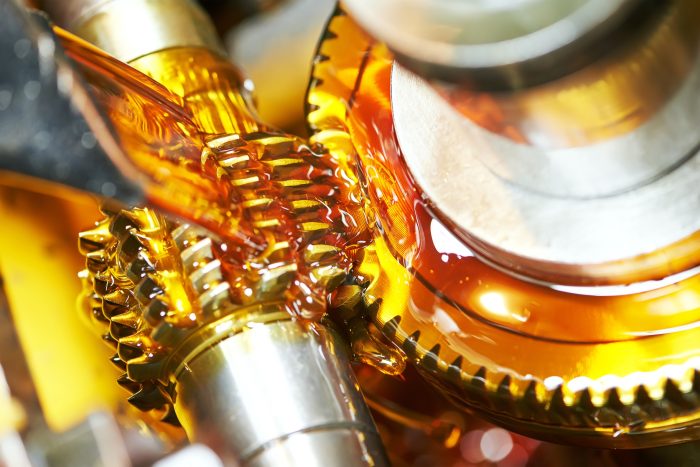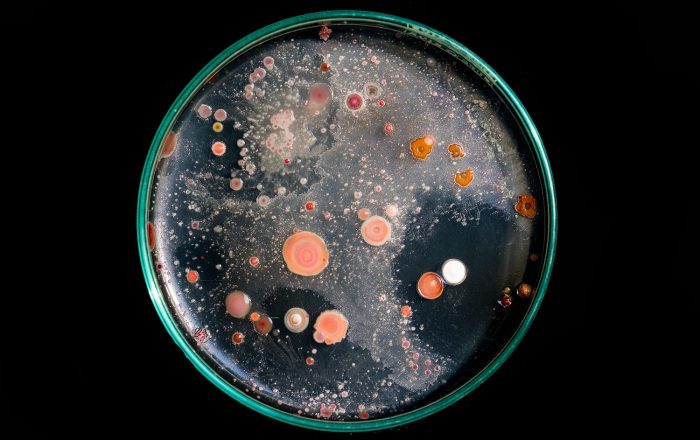 Cutting Oils and Metal Working Fluids are used to lubricate and cool machining tools and the components being machined. The fluid also helps to remove debris from the machined surface and to protect from corrosion.
Cutting Oils and Metal Working Fluids are used to lubricate and cool machining tools and the components being machined. The fluid also helps to remove debris from the machined surface and to protect from corrosion.
There are many different types and formulations of cutting fluids, including oils, oil-water emulsions, etc. The use of a suitable cutting fluid will improve the quality of the machined surface and extend tool life.
With cutting fluids being an essential component of the machining operation it is vital that the condition of the cutting fluid is monitored and maintained. Especially so due to the health and safety implications from operator exposure to the cutting fluid.
Cutting fluids, especially oil-water emulsions, are subjected to challenging environmental conditions and are a perfect breeding ground for bacteria, yeasts and moulds. Regular monitoring and control of biological growth is essential to maintaining operator safety and fluid condition. More on metalworking fluid biological contamination and safety can be found at the HSE website.
At the same time, as oil-water emulsions are designed for use at specific concentration levels it is important to monitor their concentration to ensure that optimal performance is maintained.

